Big cats have always captured the imagination of humans with their majestic presence and sheer power. However, when these already magnificent creatures exhibit rare color mutations, they become even more fascinating. These mutations are often the result of genetic anomalies, and they bestow upon these cats an appearance that seems almost otherworldly. In this article, we will explore 15 big cat species that are known for their rare color mutations, each more intriguing than the last.
The Enigmatic White Tiger

White tigers are not a separate species but a variant of the Bengal tiger. Their stunning white coat with black stripes is the result of a recessive gene. Unlike albinos, white tigers have blue eyes, which add to their allure. This mutation is rare in the wild, primarily because it can make these tigers more visible to prey. Captivity has increased their numbers, but it’s important to remember that these tigers face challenges due to genetic health issues. Their captivating beauty often overshadows the fact that they are not suited for life in the wild.
The Golden Tabby Tiger

The golden tabby tiger, also known as the strawberry tiger, boasts a mesmerizing coat of pale golden yellow with faint orange stripes. This mutation is the result of a recessive gene, similar to the white tiger. Golden tabby tigers are extremely rare, with only a few existing in captivity. Their unique color makes them a sight to behold, and they are often celebrated for their rarity. Despite their beauty, they face the same genetic challenges as other color variants, highlighting the complex interplay between nature and genetics.
The Majestic Black Panther
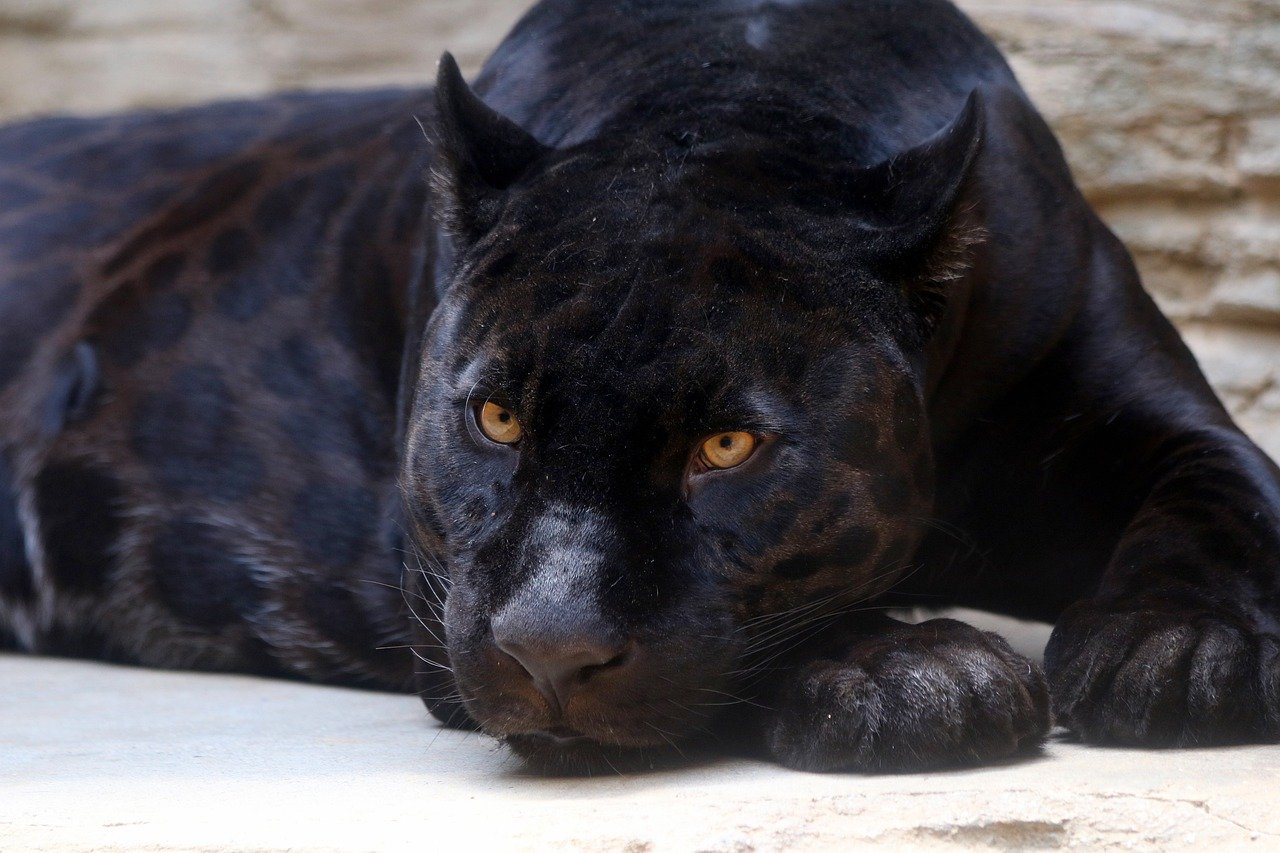
Black panthers are not a separate species but are actually leopards or jaguars with melanism, a condition caused by an excess of dark pigmentation. This mutation gives them their striking black appearance, though their typical spots can still be seen in certain lighting. Melanism is more common in dense forests, where it provides a camouflage advantage. The mysterious allure of the black panther has made it a symbol in various cultures, representing power and stealth.
The Rare White Lion

White lions are another example of a genetic rarity, caused by a recessive trait known as leucism. Unlike albinos, white lions have normal pigmentation in their eyes and skin. These lions are primarily found in captivity, with only a few known to exist in the wild. The white lion’s ethereal appearance has made it a subject of fascination and reverence. However, like other color mutations, it poses challenges for survival in nature, where camouflage is critical for hunting.
The Ghostly Snow Leopard

Snow leopards are known for their beautiful, thick fur, which is typically gray with dark rosettes. However, rare instances of almost completely white snow leopards have been reported. These “ghost” leopards, as they are sometimes called, are believed to result from a genetic mutation affecting pigmentation. While their appearance is enchanting, it also raises questions about their adaptability in the wild, where their usual coloring aids in blending with the rocky terrain.
The Striking King Cheetah
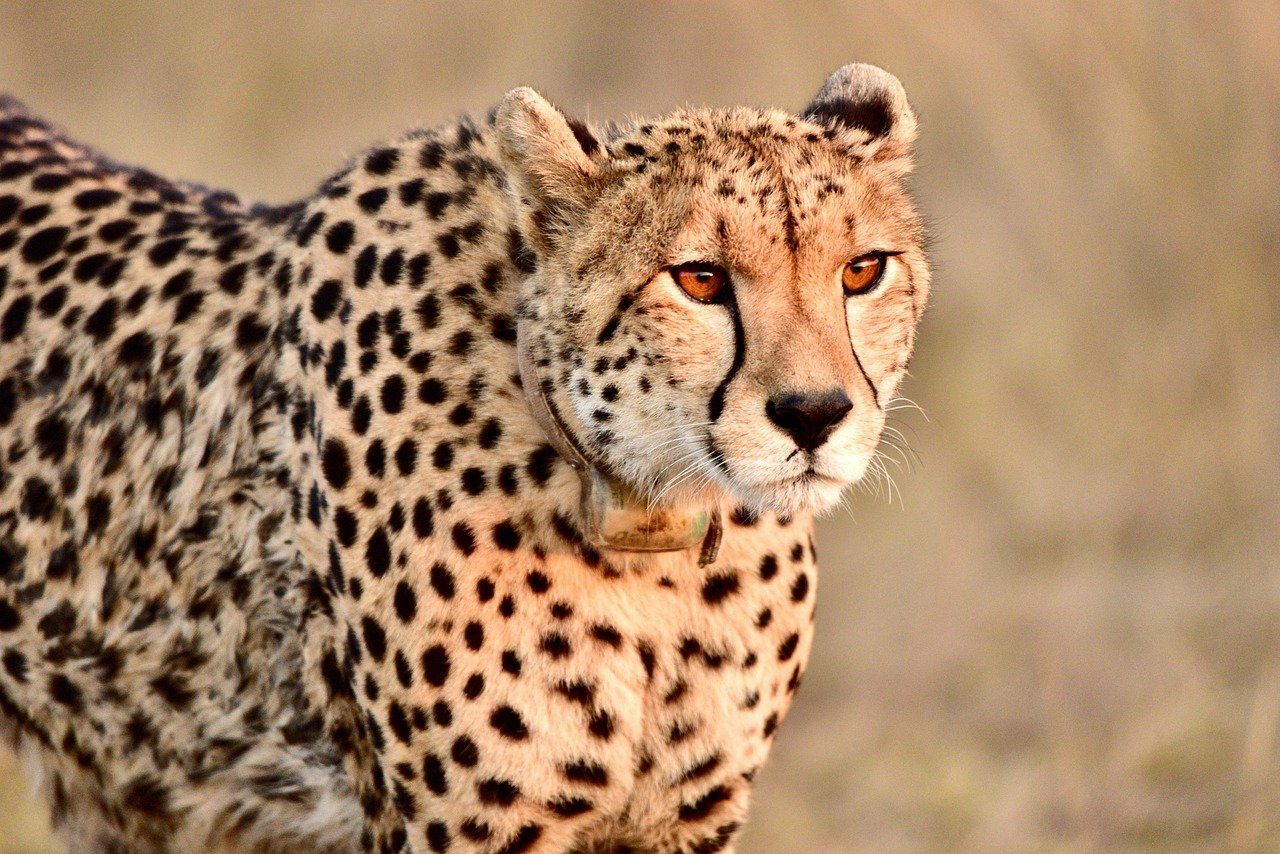
The king cheetah is a rare variant of the cheetah, distinguished by its striking coat pattern. Instead of the typical spots, the king cheetah has large, blotchy markings and three dark stripes running down its back. This unique pattern is the result of a recessive gene mutation. King cheetahs are incredibly rare, with sightings mostly limited to parts of southern Africa. Their distinct appearance, coupled with the cheetah’s famed speed, makes them a subject of intrigue for wildlife enthusiasts.
The Blue-Eyed Jaguar
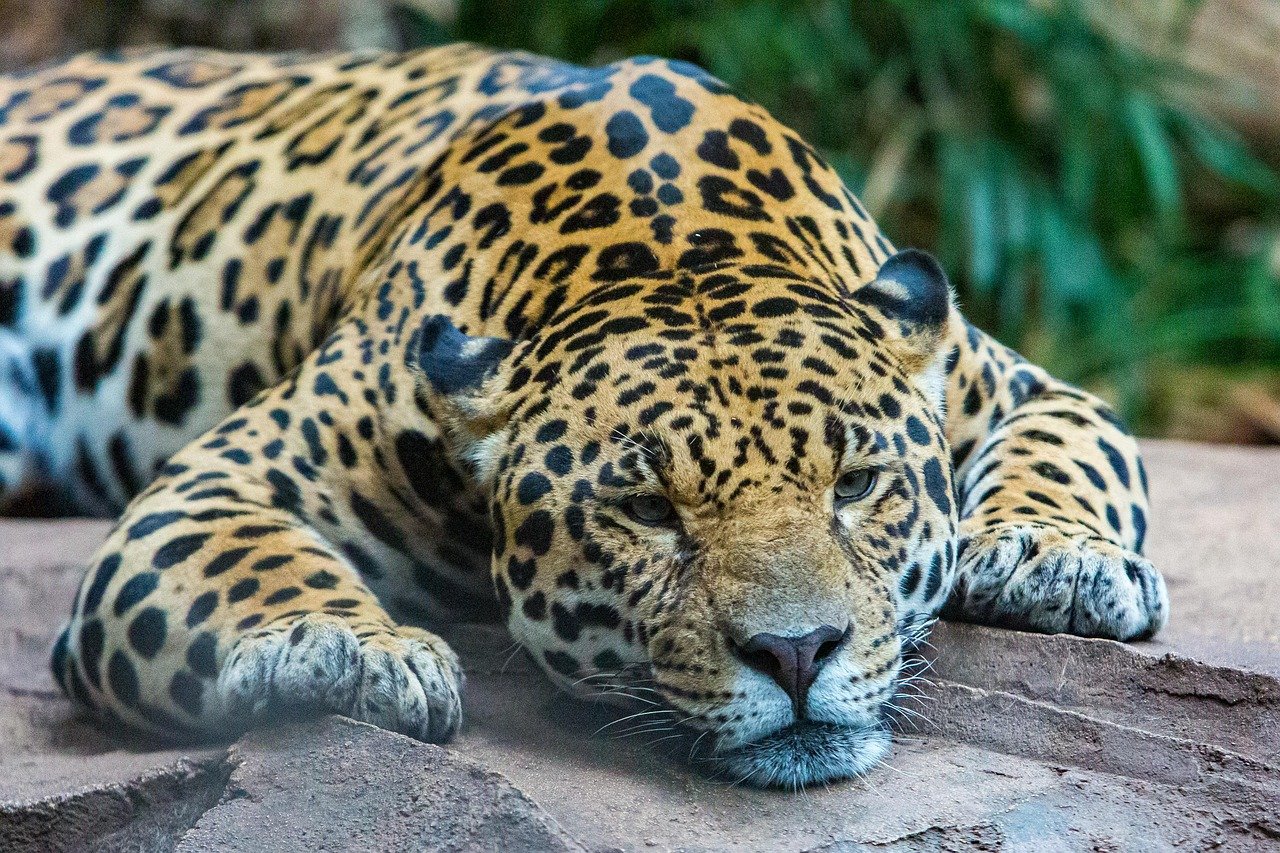
Jaguars are often associated with their beautiful rosetted coats, but a rare color mutation can result in a blue-eyed jaguar. This mutation is incredibly rare and is thought to be related to a form of leucism or partial albinism. The combination of their powerful build and the striking blue eyes creates an almost mythical appearance. These unique jaguars are seldom seen, making them one of the most elusive big cats with color mutations.
The Unique White Serval

Servals are medium-sized African wild cats known for their long legs and spotted coats. However, a rare white serval has been documented, showcasing a strikingly pale coat. This mutation is likely due to leucism, similar to other white big cats. White servals are rare and primarily observed in captivity. Their ghostly appearance contrasts sharply with the typical serval’s spotted coat, making them a unique sight among big cats.
The Golden Jaguar
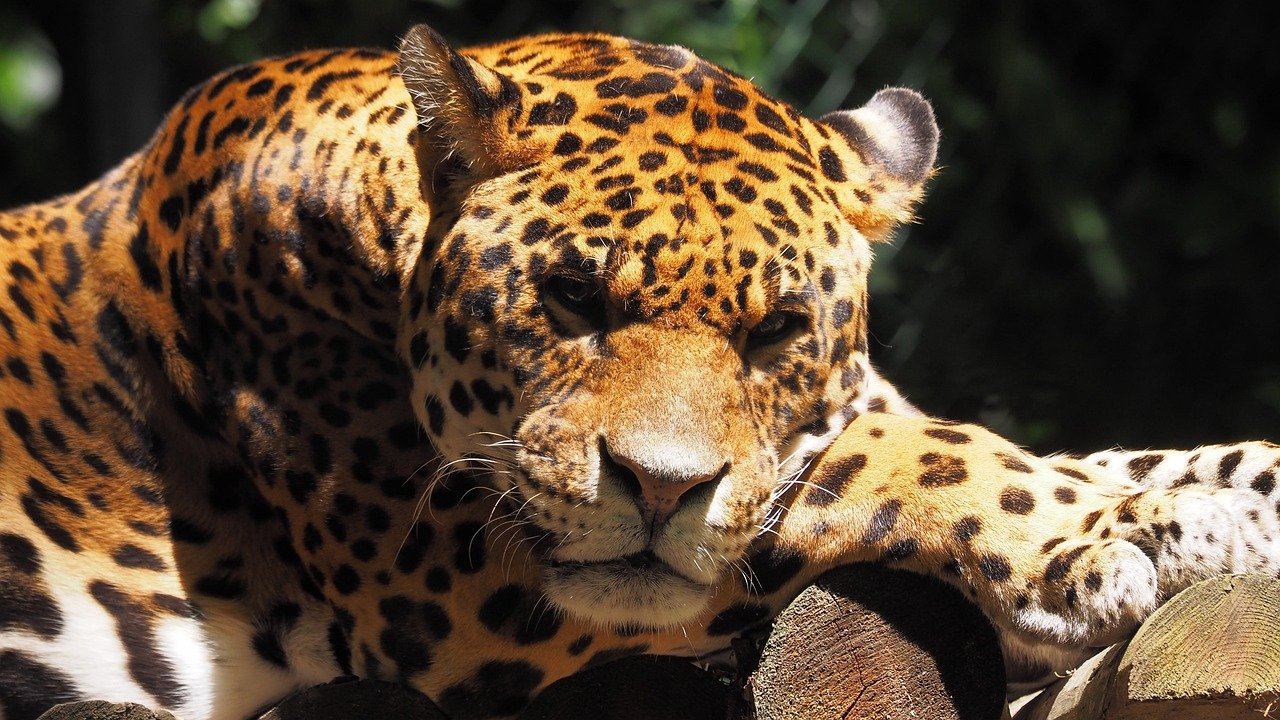
Golden jaguars, also known as “strawberry” jaguars, are another rare color variant. Their coat is a warm, golden hue with slightly faded rosettes. This mutation is caused by a recessive gene, and golden jaguars are seldom seen in the wild. The warm tones of their coat give them a unique appearance, setting them apart from the more common jaguar coloration. Like other color mutations, they present a fascinating glimpse into the genetic diversity of big cats.
The Black-Backed Lion
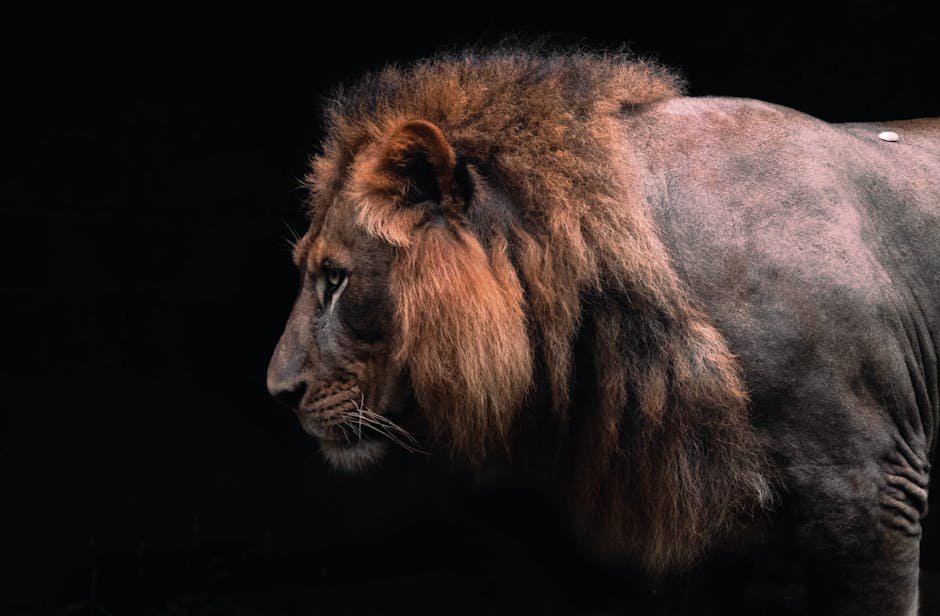
The black-backed lion is a rare variant distinguished by a dark mane that extends over its back. This striking appearance is believed to be due to a genetic trait, though it is not fully understood. Black-backed lions are primarily found in certain regions of Africa, and their unique appearance has made them a subject of interest among researchers and enthusiasts. Their dark manes are thought to provide an advantage in attracting mates, showcasing the complex role of color mutations in natural selection.
The Albino Leopard

Albino leopards are incredibly rare, with only a few documented cases. Albinism results in a complete lack of pigmentation, giving these leopards a ghostly white appearance with red or pink eyes. This mutation poses significant challenges for survival in the wild, where camouflage is essential for hunting and avoiding predators. Despite their challenges, albino leopards captivate the imagination, representing the delicate balance between rarity and survival in nature.
The Melanistic Ocelot

The ocelot, a small wild cat native to the Americas, occasionally exhibits melanism, resulting in a predominantly black coat. This rare mutation gives the ocelot a mysterious appearance, with its usual spots only visible under certain lighting conditions. Melanistic ocelots are rare, and their dark coloration provides an advantage in dense forest habitats. These elusive cats demonstrate the diverse range of genetic variations present in the feline family.
The White Caracal

The caracal is known for its distinctive tufted ears and reddish-brown coat. However, a rare white caracal has been observed, showcasing a pale coat with minimal markings. This mutation is likely due to leucism, and white caracals are mostly found in captivity. Their striking appearance stands out against the typical caracal’s coloration, making them a unique example of color mutation in big cats.
The Cream-Colored Puma

Pumas, also known as cougars or mountain lions, typically have a tan or reddish-brown coat. However, rare instances of cream-colored pumas have been reported, likely caused by a genetic mutation. These pumas have a pale, almost ethereal appearance, setting them apart from their more common counterparts. The rarity of this mutation adds to the fascination surrounding these elusive big cats.
The Ghostly White Bobcat

Bobcats are medium-sized wild cats known for their distinctive tufted ears and spotted coats. On rare occasions, a white bobcat has been documented, resulting from a genetic mutation. These bobcats have a strikingly pale coat, contrasting sharply with the typical bobcat’s appearance. White bobcats are seldom seen in the wild, making them a unique and captivating example of color mutation in the feline family.
In conclusion, the rare color mutations seen in these 15 big cat species are a testament to the incredible diversity and complexity of nature. Each mutation, while presenting certain challenges, adds to the allure and mystique of these magnificent creatures. As we continue to study and appreciate these unique cats, we gain a deeper understanding of the genetic variations that contribute to the rich tapestry of life on our planet.

Linnea is a born and bred Swede but spends as much time as possible in Cape Town, South Africa. This is mainly due to Cape Town’s extraordinary scenery, wildlife, and atmosphere (in other words, because Cape Town is heaven on earth.) That being said, Sweden’s majestic forests forever hold a special place in her heart. Linnea spends as much time as she can close to the ocean collecting sea shells or in the park admiring puppies.






